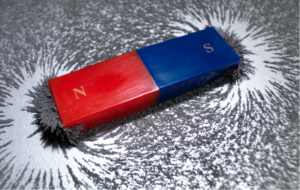Researchers at Ames National Laboratory developed a new machine learning model for detecting permanent magnet materials. The model predicts the Curie temperature of new material combinations. This model complements the team’s recently developed ability to discover thermodynamically stable rare earth materials.
High-performance magnets are essential for technologies such as wind energy, data storage, electric vehicles and magnetic refrigeration. These magnets contain essential materials such as cobalt and rare earth elements such as neodymium and dysprosium. These materials are in high demand, but their availability is limited. This situation motivates researchers to find ways to design new magnetic materials with reduced critical materials.
Machine learning (ML) is a form of artificial intelligence. It is driven by computer algorithms that use data and trial-and-error algorithms to continuously improve predictions. The team used experimental data and theoretical modeling of Curie temperatures to train the ML algorithm. The Curie temperature is the maximum temperature at which a material retains its magnetism.
“Finding compounds with high Curie temperatures is an important first step in the discovery of materials that can retain magnetic properties at high temperatures,” said Yaroslav Mudryk, an Ames Lab scientist and senior leader of the research team. “This aspect is important not only for the design of permanent magnets, but also for other functional magnetic materials.”
According to Mudryk, the discovery of new materials is a challenging activity because traditionally the search is based on experimentation, which is expensive and time-consuming. However, using the ML method can save time and resources.
Source: Science Daily

